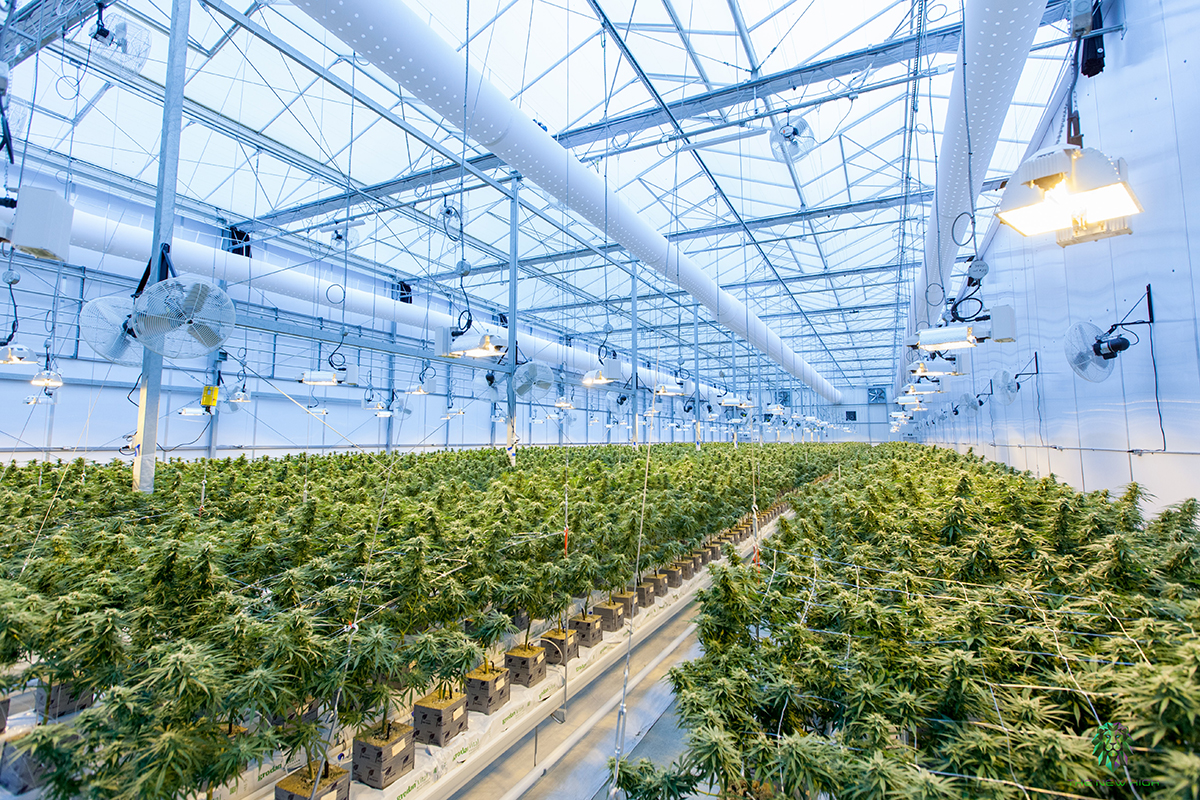News Americas, NEW YORK, NY, Weds. May 31, 2022: Marijuana seed germination is a simple process, but it is critical for starting the crop in the best possible way.
There are several methods for germinating cannabis seeds. You can try to germinate weed seeds in a glass of water or use any other method shared below. All of them are correct, but some are preferable to others.
We must always germinate the seeds before growing them indoors, outdoors, in hydroponic or organic crops. To accomplish this, you must follow a series of simple steps ideal for effective and rapid germination.
This post will discuss the various methods for germinating marijuana seeds. We will also provide you with a summary of the benefits and drawbacks of each technique. Let’s get started!
How to germinate cannabis seeds
The first step is to summarize the conditions that must be met for adequate germination. The first thing we must control is humidity or water.
We can use tap water without issue unless it has a very high EC (from 1).
In the meantime, a small amount of distilled or reverse osmosis water will suffice.
Many growers typically add a few drops of hydrogen peroxide (hydrogen peroxide) to the water. As a result, the water contains more oxygen. In addition, hydrogen peroxide’s antifungal properties are used. This reduces the likelihood of fungi appearing.
The pH level of the water must be close to 6. The temperature should be around 22oC, and complexes or root stimulators can be added if desired.
Best seed germination substrates
- On the one hand, there’s Jiffy (pressed peat or coconut tablets)
- Rock wool cubes
- Paper napkins.
- Tacos with Root Riot Spread
Once we have the water and the medium for germinating, we must determine the best conditions for growing.
It is recommended that they be kept in a dark and humid environment, but they must be well ventilated. It would help if you also held it at 25 degrees Celsius.
There are some small greenhouses on the market that simulate ideal seed-germination conditions.
Suppose we use kitchen paper as a germination medium. We must maintain these conditions until the seeds germinate, that is, until the radicle appears, which will later become the plant’s main root.
The seeds are planted when this article is about 1 cm long, and after a few days, a tiny seedling can be seen growing.
Next, we’ll go over the various methods for germinating seeds:
Substrates and media for cannabis seed germination
Now we’ll go over the most common methods for germinating seeds. Keep in mind that the media must be wet with the previously mentioned water.
1. Peat jiffy
Jiffy is pressed, and dry peat plugs. It would help if you soaked them for some time before transforming them into a cloth bag of the substrate.
Usually, seeds are sown directly in the jiffy without first germinating. In other words, the seedlings germinate now in the jiffies where they will grow. The plant is then transplanted into a pot to begin the growth phase.
Jiffy comes in various sizes and materials, such as peat or coconut fiber. Because this substrate retains a good amount of water, they do not need to be hydrated during the germination stage.
2. Rock wool
Another germination method is Rockwool cubes or plugs, which are widely used, especially when using hydroponic or aeroponic methods. This method cannot contaminate the system with peat or coco residues, as occurs when cultivating with a jiffy.
The seeds germinate quickly in this substrate, but You must control the humidity level of the rock wool because it dehydrates, unlike jiffy, which retains moisture. As a result, a daily check should be performed to ensure that the rock wool is moistened.
3. Root Riot Spread Tacos
Root Riot’s propagation plugs are made of a sponge-like material composed of composted organic materials. Its porous structure aids in maintaining the ideal air/water ratio for root development.
They contribute to the proper balance of water, oxygen, and micronutrients. This method of germination produces excellent results. It is used in the same way that rock wool blocks are.
4. Kitchen paper
Cotton is commonly used in place of kitchen paper. It consists of moistening the folded kitchen paper in a container. It is one of the most common methods for germinating seeds.
It is one of the most common ways to germinate seeds of any plant, and it is sometimes replaced by cotton. It entails moistening the folded kitchen paper in a container (for example, a plate). The more paper you add, the more moisture is retained, and the less the paper must hydrate during the process.
When the seeds are moist, they are placed on top and covered with a thin layer of paper (this step is usually forgotten). The plate is then covered with another of the exact dimensions, with a small gap between them to allow the seeds to “breathe.” As with rock wool, we will keep the medium – in this case, the paper – moist at all times.
5. Others
If the crop is to be grown outside, another option is to plant the seed directly in a pot or on the ground. This is not usually recommended because the seed may remain deeper than it should. We also push the seed deeper if we water after planting.
As a result, the soil must be watered before sowing the seed. It is also recommended to soak the seeds for one day before planting to promote seed germination.
Germinate marijuana seeds step by step
Marijuana seeds can be germinated using:
Germinate seeds in a jiffy (small bags of peat)
The jiffy must first be soaked in water for 15 minutes. When they begin to swell, They are drained slightly, and a 1cm deep hole is made. The seed is placed in this hole, with its crown facing upwards.
You can buy small plastic greenhouses with holes to allow them to breathe. The hole is filled with unpressed peat, and the jiffy is kept dry, warm, and ventilated. However, keep them away from drafts. Usually, seedlings emerge after three days. The plants took three days to hatch using this method.
Germinate marijuana seeds in Rockwool
To begin germinating seeds, we must first hydrate the Rockwool like we do jiffy. The excess water is then drained, and the seed is planted in the same manner as in the jiffy, one centimeter deep with the crown upwards and covered with rock wool. Because rock wool can dry out, we must keep it moistened daily if required. Small greenhouses are highly recommended because they keep the Rockwool moist and prevent it from drying out.
When the seedling emerges, it will be transplanted to our choice’s substrate or hydroponic system. Germination in Rockwool takes about three days on average.
Germinate seeds in Root Riot
Root riot’s seed germination procedure is very similar to Rockwool. Seedlings are born after four days using this method.
Germinate seeds on kitchen paper
To germinate marijuana seeds using this method, we take a couple of kitchen papers and fold them several times.
We moisten the paper in a deep plate or similar container with water. The seeds are then placed on top and covered with a layer of paper.
We use another deep plate with a small hole for air to enter as a lid.
It is frequently used in conjunction with one of the preceding methods. When the seed radicle appears, it is placed instantly, a cube of rock wool or a propagation block. After a few days, the seedling emerges.
Conclusion
Whatever method is used to germinate, specific important considerations must always be considered.
- Don’t bury the seeds too deeply.
- Do not oversaturate the medium with water.
- The irrigation water doesn’t need to contain nutrients; the cotyledons of the seedlings already possess the necessary nutrients, allowing them to be born and grow during the first days without a nutrient deficit.
- It is inserted when a newly germinated seedling is born in a hydroponic system. The method of growing the seed is unimportant because the quality of the seeds determines their success.
- The seedling may struggle to separate the cotyledons from the shell. If this occurs, we must carefully remove the cotyledon shells with clean hands to open them. Either the seed shell or the thin membrane (cuticle) that covers them remains attached.
- When transplanting to a pot or the ground, bury as much of the stem as possible, as this is where new roots will grow.










